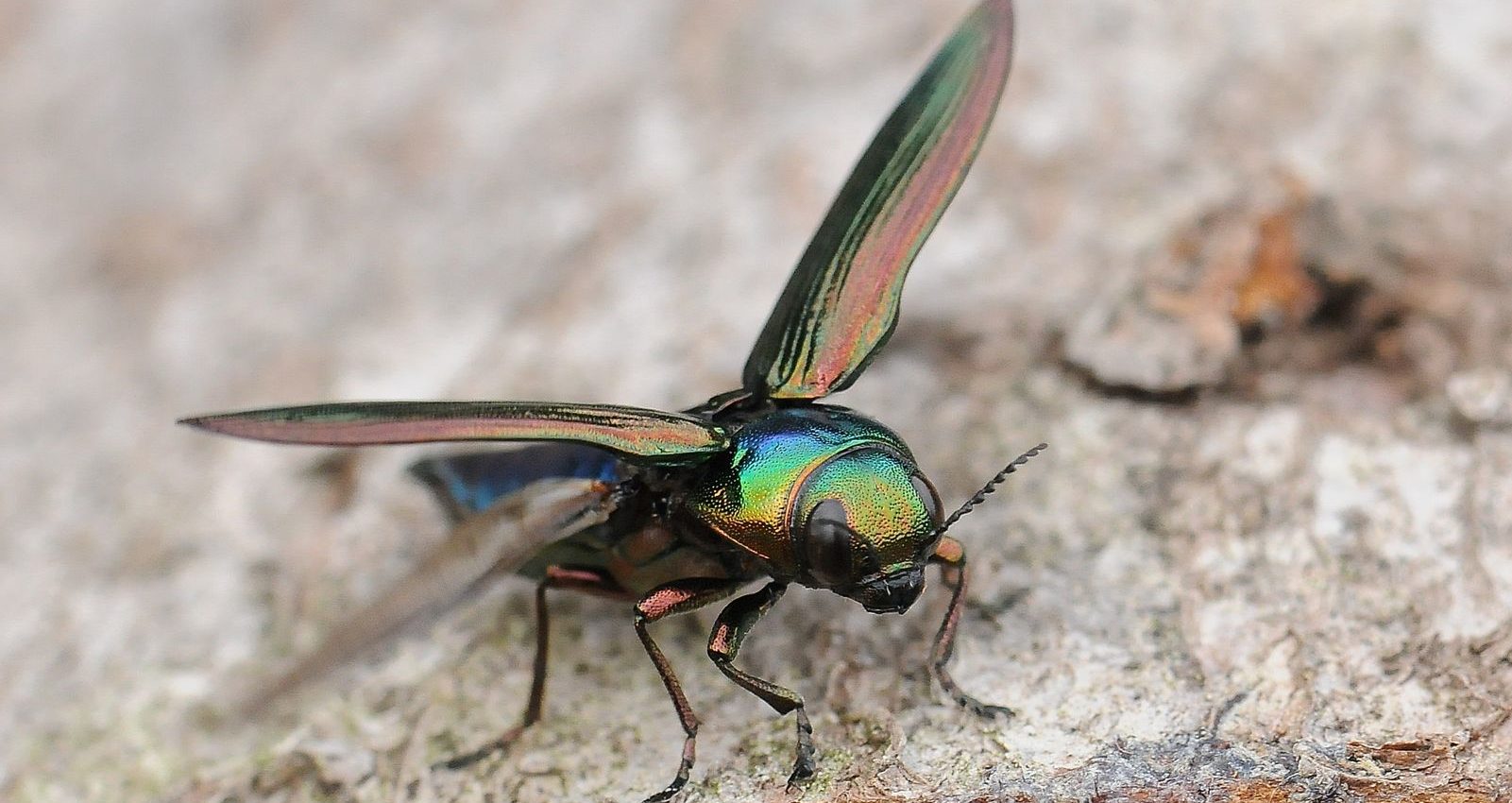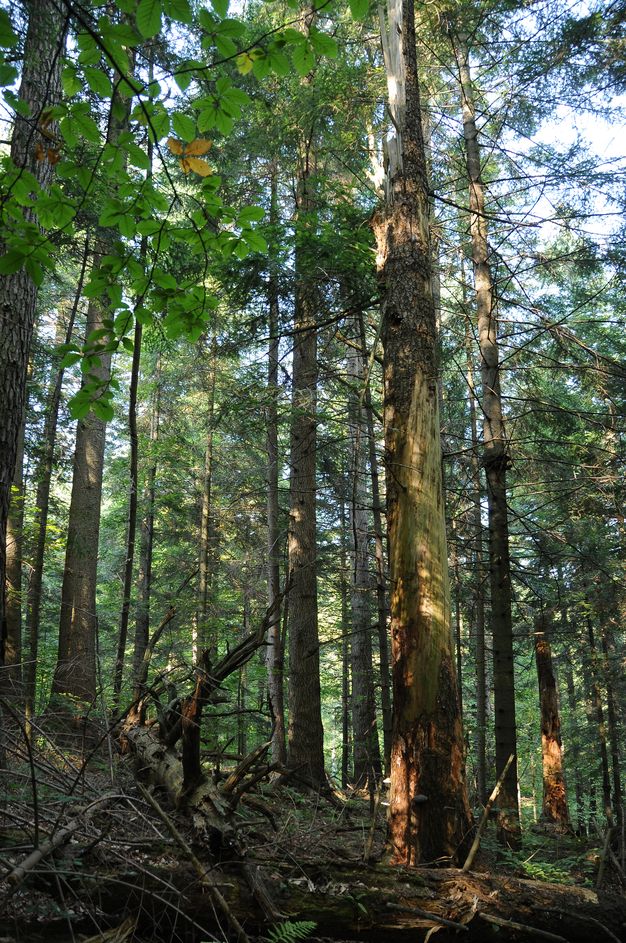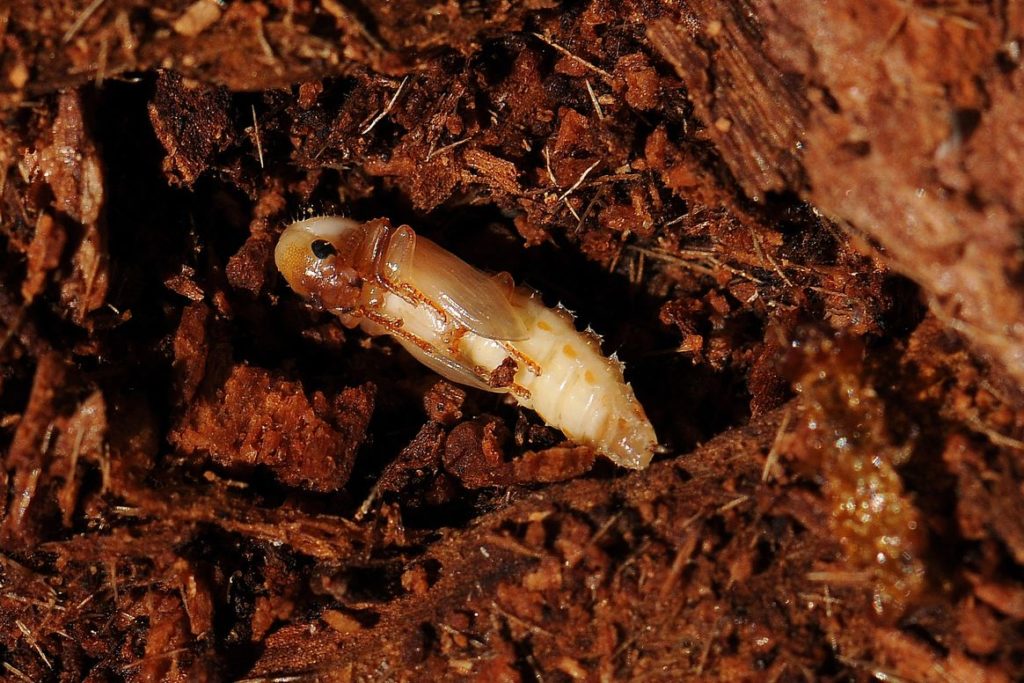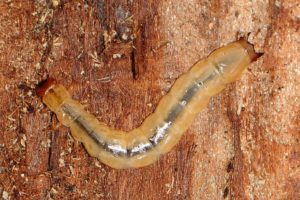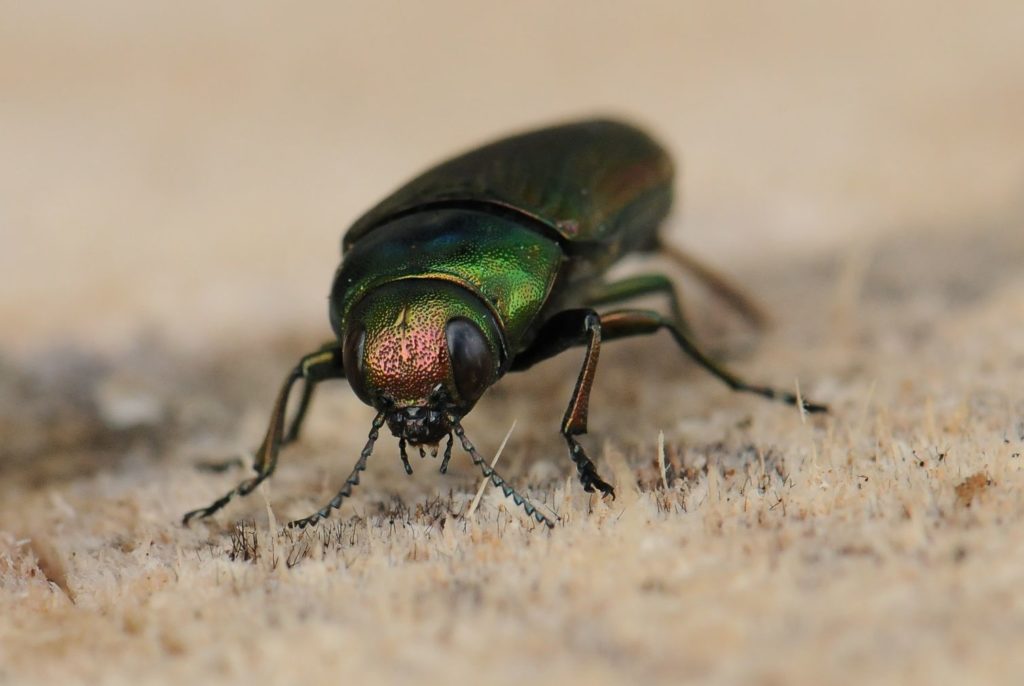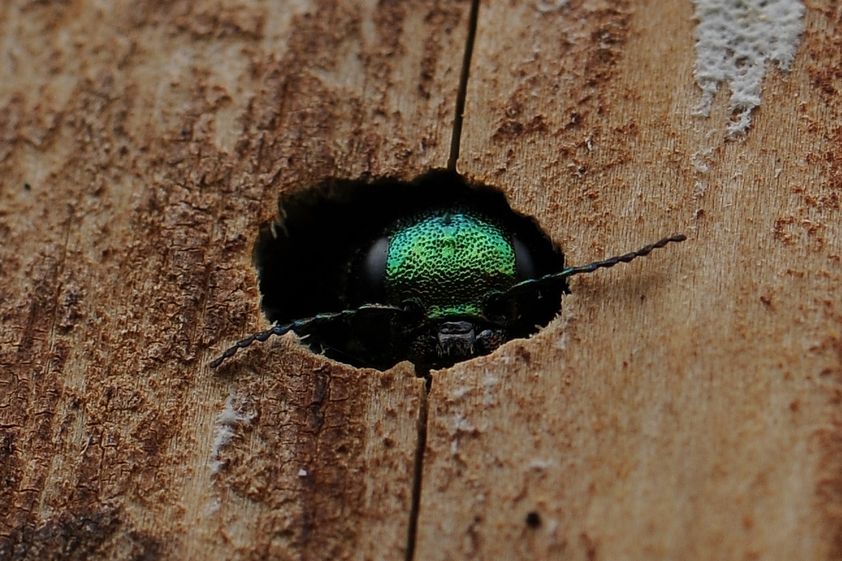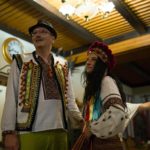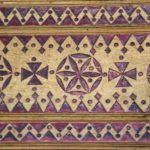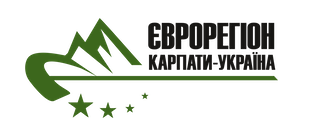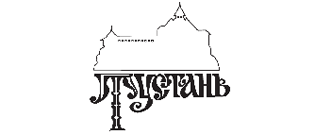The nature of the Carpathians is characterised by high biodiversity, which is why the area plays a very important role in the protection of various types of natural habitats and many plant and animal species.Among the insects found in the Carpathians a very interesting group are beetles, among which there were about 100 endemic species, that is, found only in this area.
In most cases, this is due to specific ecological requirements and narrow tolerance to environmental factors and the small possibility of moving by these organisms.Examples of such endemic Carpathian insects are Boros schneideri (Panzer, 1796) and Eurythyrea austriaca (Linnaeus, 1767), saproxylic beetles are classified as very rare relics of primitive forests. Both species are covered in Poland with legal protection and have been placed on the “Red List of Threatened Animals in Poland”: Boros with category EN (endangered), and Eurythyrea with the category NV (exposed).Moreover, Boros is listed in “The Polish Red Data Book of Animals” (category EN) and is included in Annex II to the EU Habitats Directive.
Boros schneideri is the only national representative of the Boridae family.It is known from a small number of positions located primarily in the eastern part of the country (Augustow Forest, Białowieża Forest and the region of Hrubieszów) as well as in Suchedniów Forest. As a result of the wide-ranging observations carried out in recent years on the area of the south-eastern Poland, the occurrence of Boros in the Przemyśl Foothills has been confirmed, where it was previously recorded in the 1930s. A lot of new sites have also been found primarily within the boundaries of the designed Turnicki National Park and in the Sanok-Turka Mountains and in Bieszczady Mountains. In 2016 and 2018 three Borom stations were also discovered in the area of Bieszczady National Park.It is worth emphasising that the vast majority of popular places of this beetle occurrence is located in well-preserved forests, with a high degree of naturalness.
Adult organisms of Boros grow up to 14 mm long and their elongated, rolled body has a dark brown colouring with a metallic gloss. Larvae reach a length of about 3 cm, they have creamy white strongly flattened body, well adapted to subcortical style of life. The most distinctive feature of the appearance of larvae is strongly schitinised last section of the body, which has a shape resembling a crown. This feature makes the larvae of Boros are relatively easy to distinguish from larvae of other subcortical insects.
The development cycle of this beetle lasts at least two years. Adult organisms, after wintering, proceed to reproduction, and laying of eggs is carried out on the dead, but standing tree trunks.In the north of the country development of larvae occurs under bark of the dead pines and oaks, birches and spruce.In the Carpathians, the species prefers coniferous trees, first of all, fir and pine and larch. Larvae develop under slightly protruding bark of dead trees where they feed decomposed organic matter, remains of various subcortical invertebrates and fungi. It is hard to see the beetle because they lead a secret (possibly nocturnal) life, while staying under the bark or in the sidewalks eaten up by other saproxylic beetles. For this reason, most of the observations of the species refers to the found larvae.
Eurythyrea austriaca belongs to the family of Buprestidae whose national fauna includes more than 80 species. Buprestidae are characterised by vivid, often metallic colouring therefore by many naturalists they are considered the most beautiful beetles of the world. Due to such a feature in some Asian countries unique jewelry is made from these beetles.
Eurythyrea austriaca is a great example that confirms the unusual beauty of the Buprestidae family. Adult organisms reach up to a length of 2.5 cm, and their body has dark green or dark blue colouring, which in the rays of the sun shines with various reflections.
In Poland, it is a rare species with a range limited to Bialowieża Forest, Roztocze and the south-eastern Poland. In the Podkarpacie region it occurs exclusively in well-preserved tree stands dominated by firs, growing in the area of: the Low Beskid, Bieszczady Mountains, Sanok-Turka Mountains and Przemyśl Foothills.
Development of Eurythyrea takes place in dead or dying fir trees and pine trees. For laying eggs, the females choose impressive, standing trees, located in well-lit places. Larvae are typical saproxylbionts, prey deep in the wood for the period of at least 2 years, and the appearance of the adult organisms lasts from mid-June to mid-September. Adult beetles do not visit the flowers, and one can observe them on standing or (less often) on lying logs of host trees.
Unlike many other Buprestidae family, Eurythyrea are not shy and as a result they can be pretty objects for nature photographer. The most significant threat to population of the Boros schneideri and Eurythyrea austriaca is, like for many other species of saproxylic insects, removal from old tree stands dying and dead trees.Additionally, in the areas of occurrence Eurythyrea, it is recommended to stop storing of large-sized fir wood in the period of the beetles splitting (from the mid-June to the mid-September).




